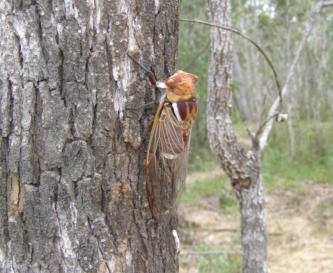Northern Double Drummer
Thopha sessiliba Distant, 1892
© Popple Creative Industries 2014–2025
Male T. s. sessiliba
Female T. s. sessiliba
Subspecies:
Thopha sessiliba sessiliba
Distant, 1892
Thopha sessiliba clamoris
Moulds and Hill, 2015
Species number (TNS):
004.
Fore wing length:
50–63 mm.
Distribution and seasonality:
T. s. sessiliba is widespread
through tropical Australia from
north-west Western Australia
into the Northern Territory as far
south as Alice Springs and
across most of Queensland, but
becoming patchier in the south.
Its distribution extends into New
South Wales in the Narrabri
district and at Lightning Ridge.
In south-eastern Queensland, it
has been found around
Tinnanbar on the coast and
inland around Goondiwindi. T.
s. clamoris is restricted to the
eastern margins of the Pilbara
and Gascoyne regions of
Western Australia. Across much
of this species’ distribution,
adults may be present from
September until about April, but
in southern Northern Territory,
southern Queensland and
northern New South Wales it is
present sporadically between
November and early March.
Notable localities:
Humpty Doo via Darwin, Boulia,
Torrens Creek, Mareeba, Curtis
Island.
Habitat:
Dry to subhumid coastal and
inland eucalypt forests and
woodlands. Populations are
generally restricted to
watercourses in more arid
areas.
Calling song and behaviour:
A loud, piercing, electric whine,
fluctuating in pitch; continuous,
but often with a broken rhythm.
The call can be quite difficult to
distinguish from Thopha
saccata. Singing occurs at
intervals throughout the day
when the weather is warm and
sunny, and also at dusk. Like
T. saccata, adults, including
calling males tend to sit high on
the trunks of eucalypts.
Population sizes vary within
each locality from season to
season and sometimes
populations can be for many
years in any given local area.
Colour variation:
Dark specimens of T. sessiliba
are known from the Mackay
region and Cape York in
Queensland, and from the
Pilbara region of Western
Australia (Moulds, 2008).
Similar species:
Eastern Double Drummer,
Pilbara Double Drummer.
Habitat


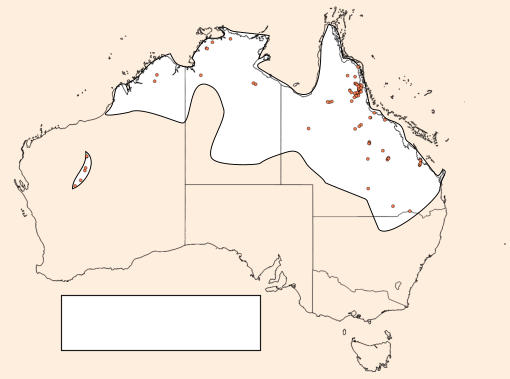


dr-pop.net database record
Currently known extent
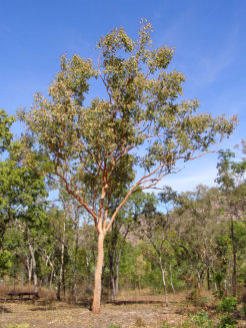
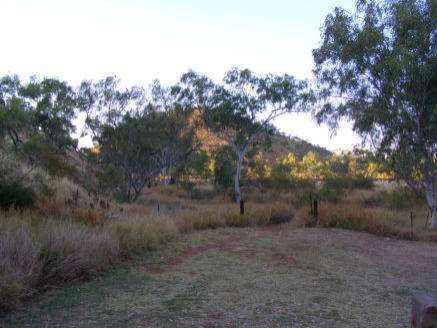
T. s. clamoris

T. s. sessiliba

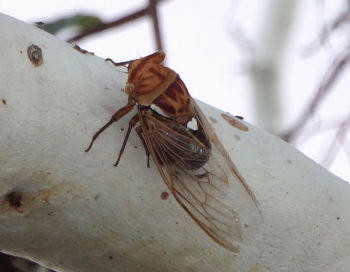
Male T. s. clamoris
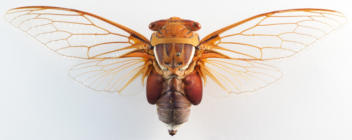
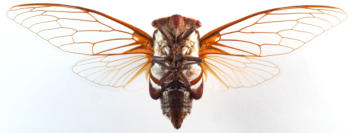


Female T. s. sessiliba
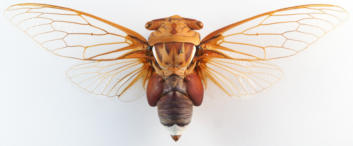
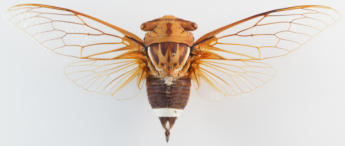
Male T. s. clamoris
Female T. s. clamoris
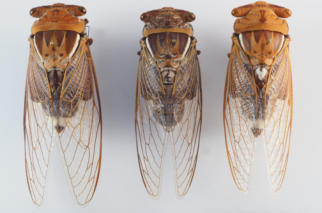
Males: T. s. sessiliba typical (left),
T. s. sessiliba dark (centre),
T. s. clamoris (right)
